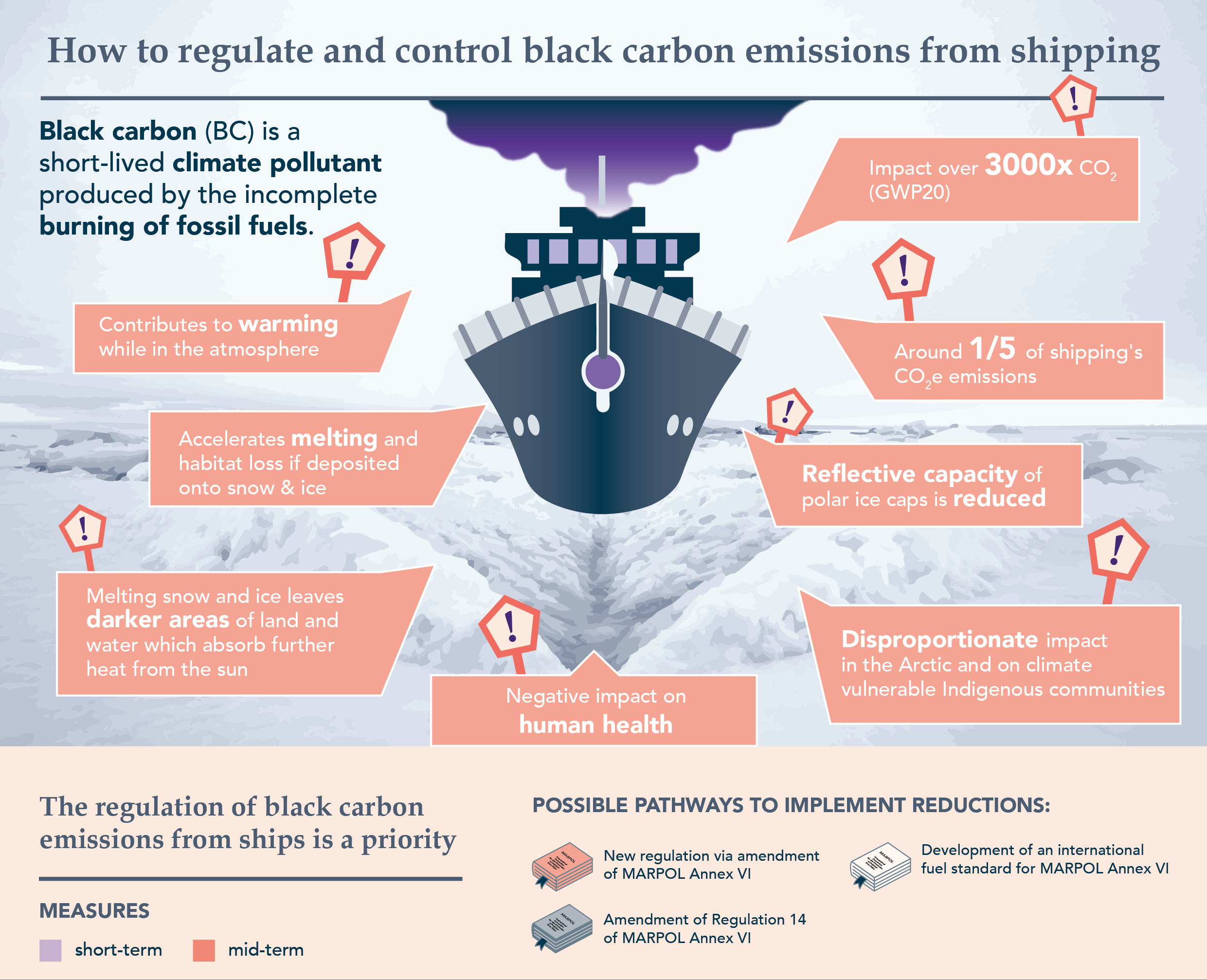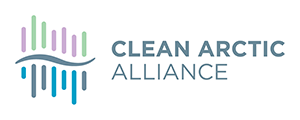How did the IMO Come to Work on Black Carbon Emissions from Shipping?

In 2007, a paper recognising that black carbon is a potent climate forcer, was submitted to the (IMO) Marine Environment Protection Committee (MEPC 56/4/8 by Friends of the Earth International). In 2010, three IMO member states (Norway, Sweden, and the United States) in MEPC 60/4/24 proposed that the IMO address black carbon by examining measures which would significantly reduce emissions from shipping having an impact in the Arctic. At that time, it was envisaged that reductions of black carbon could provide a short-term climate response that was considered to be “absolutely necessary to forestall a climate “tipping point”, and could provide “breathing time” for the needed reductions in CO2 to take hold over the longer term.
Supporting the proposals from Norway, Sweden and the United States, the UN Economic Commission for Europe Convention on Long-Range Transboundary Air Pollution (MEPC 62/4/3), in 2011 urged the IMO to take active steps to reduce emissions from shipping of black carbon in the Arctic region – to improve public health, particularly for Indigenous Arctic populations, and – to slow the rate of warming. It recognised that action could be performance-based requiring a specific emission reduction, or technology-based, such as requiring the use of low-sulphur fuel and diesel particulate filters when operating in the Arctic. It also acknowledged that a technological approach was probably easier to verify.
Ten years ago, work was presented to the IMO from the Arctic Council’s Arctic Monitoring and Assessment Programme (AMAP) which showed the significance of close-to-Arctic and within Arctic sources of black carbon. In this work the Arctic was defined as all regions north of 60 degrees North. This proposal to the IMO in 2013, (MEPC 65/4/22) concluded that emissions of black carbon north of 60o North were more significant than emissions at lower latitudes and that this should be taken into account when establishing potential mitigation action for black carbon.
In 2018, following the release of an IPCC (Intergovernmental Panel on Climate Change) Special Report on Global Warming (of 1.5oC), the UN Environment Programme reiterated that “fast and immediate action on SLCPs [including black carbon] can avoid a half a degree of warming by 2050 and such action will also avoid over 50% of the predicted warming in the Arctic by 2050, thereby significantly decreasing the chances of triggering dangerous climate tipping points”.
In 2024, an IMO correspondence group reduced the list of potential black carbon reduction regulatory measures to six and identified those that can be applied to all existing ships immediately which would include a fuel switch and designation of emission control areas, and those that require further work such as a fuel standard or engine certification.
- a switch to distillate fuels
- a fuel standard based on aromatic content
- a black carbon emission control area
- engine certification (identified as long term)
- further work on resolution MEPC 342(77), and
- mandatory installation of black carbon reduction technology such as diesel particulate filters.
Further discussion of this short-list of measures during a meeting of the IMO’s pollution prevention and response sub-committee (PPR 10) was limited but IMO Member States have now been called upon to present concrete proposals for regulatory measures to the next PPR meeting in early 2024.
In a paper submitted to the IMO’s Marine Environment Protection Committee in 2024, (MEPC 82/5/2*: Regulating Black Carbon emissions from international shipping impacting the Arctic) NGOs called on IMO Member States to consider the development of a new regulation for inclusion in MARPOL Annex VI (the main international treaty addressing air pollution prevention requirements from ships) which would identify suitable polar fuels, for example distillate fuels such DMA or DMZ, to deliver an immediate fuel-based reduction in black carbon emissions from international shipping impacting the Arctic. The paper develops the concept of “polar fuels” discussed previously at PPR 11 and sets out the fuel characteristics that would distinguish polar fuels from residual fuels and thus lead to fuel-based reductions in ship Black Carbon emissions if mandated for use in and near the Arctic.
Developing the concept of polar fuels further for discussion at the IMO’s 12th meeting of the PPR sub-committee, Clean Arctic Alliance members submitted further papers (PPR 12/6, PPR 12/6/2). These papers proposed that there should be further discussion and agreement on a definition of “polar fuels” which would include distillate fuels such as DMA, as well as other suitable fuels with low black carbon emissions. The sub-committee was encouraged to give consideration to how the concept could be used to reduce black carbon emissions having an impact in the Arctic. Furthermore, a landmark paper (PPR 12/6/1) was submitted by the International Standardization Organisation (ISO) which set out the characteristics of “polar fuels” taking distillate grade fuels DMA and DMZ as benchmarks. MEPC 83 (April 2025)will endorse the proposal from the sub-committee that interested Member States and international organizations be invited to submit concrete proposals on the polar fuels concept to an IMO meeting in early 2026 (PPR 13).

